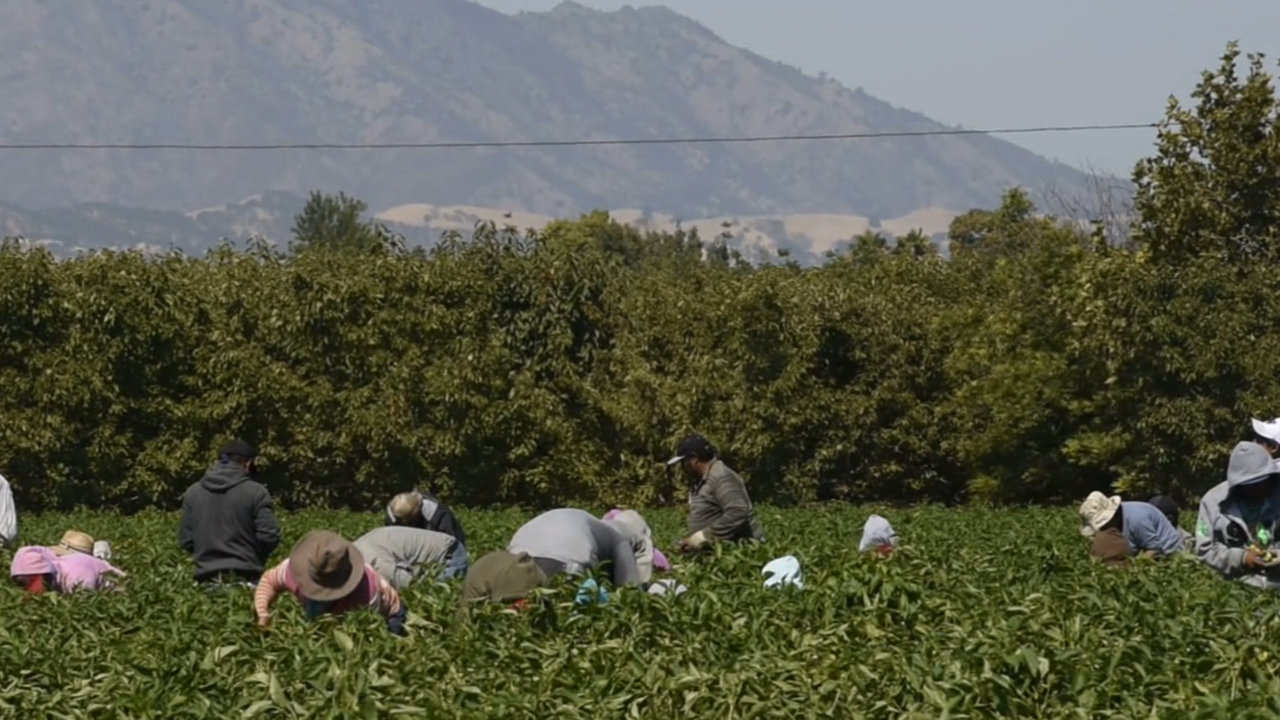This Post About Migrant Workers is Going Viral

By:
There are more than 3 million migrant workers toiling in fields across the U.S., doing the hard and often thankless jobs that sustain our agricultural industry.

It can be easy to take these workers for granted and overlook their contributions to the national economy. But after a day of intensive yard work, Oakland-based journalist Frank Somerville gained a new perspective on this group, which he described in a Facebook post on Sunday. The post resonated, earning about 75,000 shares in less than 24 hours.
"After I was done I was exhausted," Somerville wrote. "My knees hurt. My back hurt. My whole 59 year old body hurt."
 Facebook - facebook.com
Facebook - facebook.com
But when he finished trimming the trees, adjusting the water system, and planting strawberries and peppers in his garden, it occurred to Somerville that he'd experienced just a sample of what migrant workers endure each day for "little money" and "very little recognition."
"So I just want to take a moment and recognize the people who help pick the crops that we all see beautifully displayed in the supermarket," he wrote. "It takes a lot of very hard work to get the fruit and vegetables to the market. So the next time you're there maybe take a moment to think about the people who work in the fields."
"To me they are the backbone of America." — Frank Somerville
Somerville told ATTN: that he was surprised his post got so much attention overnight. But he thinks it did well because it "just happened to say what a lot of people already think," which is "that migrant farmers work really, really hard," and that the post also offered "simple, positive recognition" of their contributions.
The average migrant worker earns $12,500 to 15,000 per year and spends an average of 42 hours in the fields per week, according to the National Center for Farmworker Health. One out of four migrant workers logs more than 50 hours on the job per week.
Migrant workers often face brutal conditions, spending hours on end in fields during extreme weather, doing tedious manual labor that'd make Somerville's day of yard work look like child's play.
"I don't know how they do it," Somerville wrote. "It's backbreaking work."
Migrant workers often take on jobs U.S. citizens don't want.
Seasonal employees, 72 percent of whom are foreign born, are often accused of taking jobs from U.S. citizens. But that idea hinges on the disputable premise that Americans are willing to occupy these low-wage, labor-intensive roles in the agricultural industry.
Even as the average wage for a farmworker in California has increased—in some cases above the state's minimum wage—agricultural businesses are still facing a shortage of workers as immigration laws continue to tighten, The Los Angeles Times reported. "[T]he raises and new perks have not tempted native-born Americans to leave their day jobs for the field."
Despite the hard work, migrant work continues to be underpaid, with limited opportunities for advancement or upward, economic mobility. A major barrier to better pay is the lack of union representation among immigrant workers. Only 11 percent of foreign born workers are in unions, according to the Migration Policy Institute. Research has demonstrated that immigrants represented by unions see their wages increase by an average of 17 percent, and they're 50 percent more likely than non-unionized immigrants to receive employment benefits such as health insurance.
